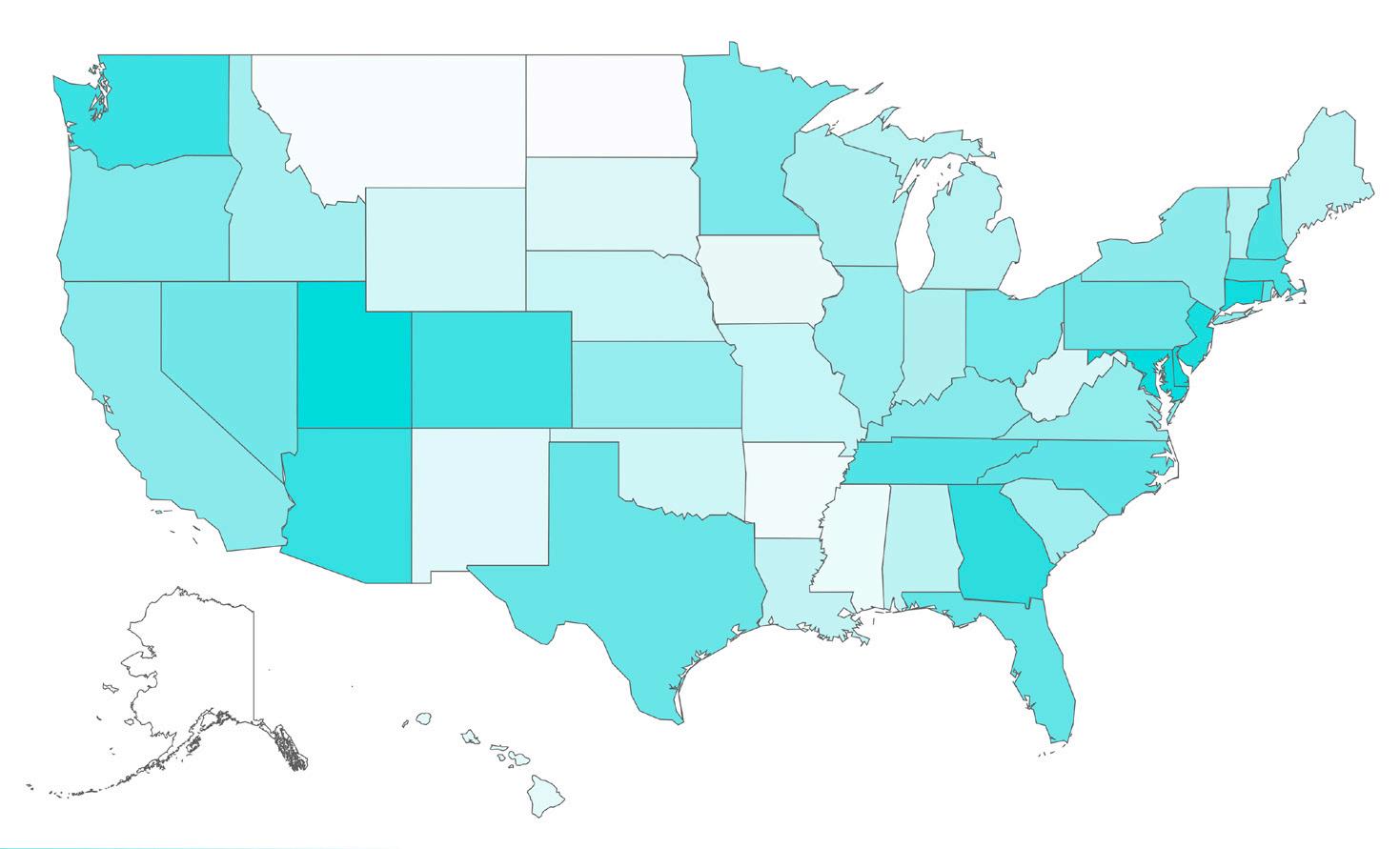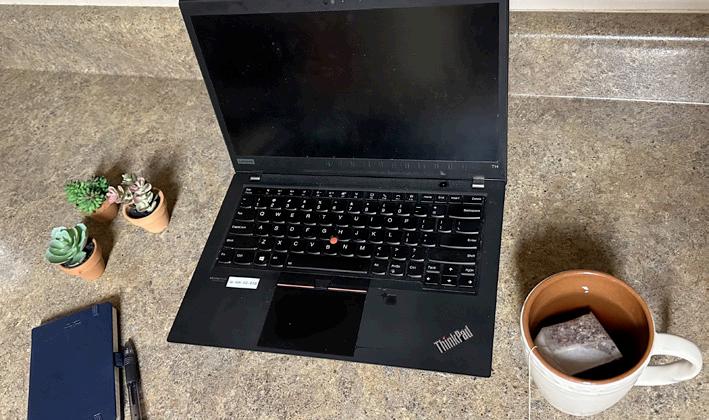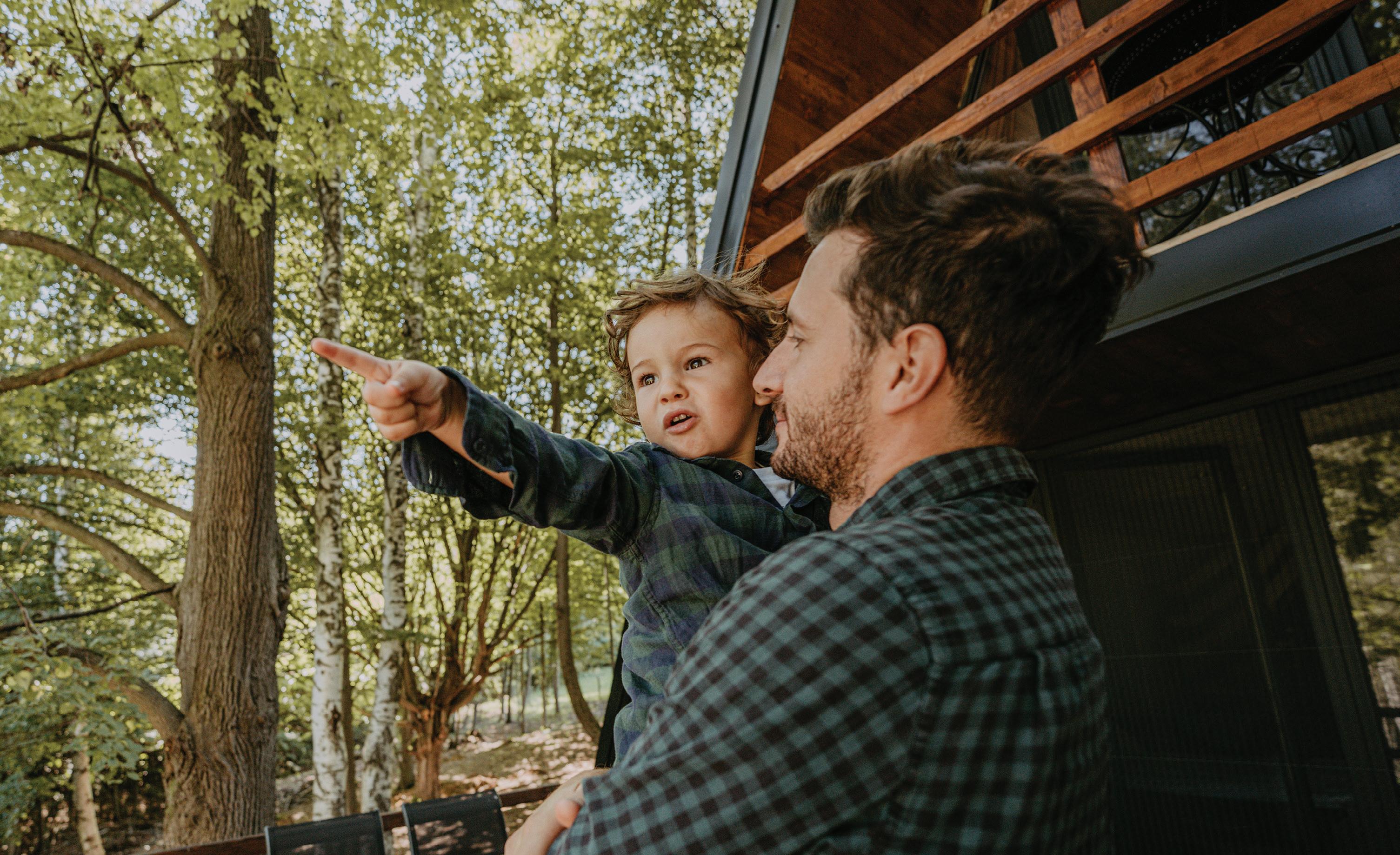
3 minute read
Arizona Rated Eighth Best State for Working from Home
By Kevin Schindler, QCBN
According to a new report by the personal finance website WalletHub, Arizona is the eighth-best state for working from home.
As we know, businesses nationwide modified their workplace practices during the pandemic, allowing employees to work from home. For many, this practice has continued. According to WalletHub, 12.7% of full-time employees currently work entirely from home, and another 28.2% follow a hybrid schedule, splitting work time between home and the office.
Generally, the most favorable conditions for working from home include minimal costs and maximum security and comfort. When ranking which states (as well as the District of Columbia) are most conducive to working under such conditions at home, WalletHub identified 12 key metrics, ranging from household internet access and cybersecurity to the cost of electricity and how crowded homes are with people.

Delaware and Utah rated as the top two, with North Dakota and Alaska bringing up the rear. Arizona came in at No. 8, just ahead of Washington state. The ranking of some of Arizona’s key metrics (on a scale of 1 being best, 51 worst, and 25 being average) include the share of population working from home (7), households with internet access (27), average home square footage (14), cybersecurity (22) and the average retail price of electricity (19).


No matter where employees live, working from home is appropriate for some but not others.

Blue collar jobs in manufacturing and retail, for instance, typically require staff to be at their employer’s workplace. White collar professional jobs that don’t require as much oversight, on the other hand, are more conducive to work-at-home conditions. Many of those people who have already worked from home stress the importance of comfort and lower costs, as well as the availability of more time for self-care and other personal needs.
Joanie Poersinger, a data specialist based in Flagstaff, has worked from home since the pandemic took off in March 2020. “I save a lot of money by not driving to work every day and not going out for lunch nearly as frequently.” With the time she would normally spend driving to work, she can exercise and then immediately start working. She added, “There’s also not the pressure of having to be on time and look good, and I end up getting more done.”
Graphic designer Jennifer Schaber sees the same benefits. “Even though I only live four miles from my office, I’m not spending time every day in high traffic times driving back and forth. I also love the sustainability aspect of keeping one more vehicle off the road.”
Schaber also sees an increase in productivity with meetings. “Virtual meetings tend to be more to the point and thus more collaborative. Plus, it’s more convenient to be able to meet from any location, with the bonus of being safer for all during flu/cold/COVID season.”
Despite the positives, Poersinger and Schaber agree that working from home has one major drawback: social isolation. “While we can meet virtually, you really need that face-to face interaction with other humans,” said Poersinger. “People need people. You can’t really do that on a phone or computer.”


Even so, Poersinger and Schaber appreciate working from home and feel both their productivity and their personal well-being are better off.
QCBN




Providing you safe, reliable energy is our top priority. That’s why we work year-round to prepare for wildfires. During elevated fire conditions, power outages may be extended until crews can perform visual inspections of lines and remove any potential hazards that could pose a fire risk. In the event of a wildfire, power lines may be temporarily taken out of service to protect your community and firefighters. Working together, we can be prepared. Here are some things you can do to be ready for wildfire season.
• Keep grass, weeds, trees and shrubs trimmed. Dispose of trimmings and trash properly.
• Get emergency alerts through local resources and visit ein.az.gov to create an emergency preparedness plan.
• Create an online account at aps.com and receive text or email outage alerts. Already have an account? Log in and make sure your contact information is correct to ensure you receive alerts related to outages in your area.
• Have flashlights, batteries, a portable cell phone charger and water handy. Please visit aps.com/wildfiresafety for more information.









